Curry powder can lose flavor quickly if not stored properly. Follow these expert storage tips to keep it fresh for months:
- Store in airtight glass jars
- Keep in cool, dark place
- Avoid moisture by using dry spoons
- Label with dates for freshness tracking
- Vacuum seal bulk portions for long-term storage
Table of Contents
- What Exactly Is Curry?
- Storage Hacks for Maximum Freshness
- Flavor Boosting Tips
- Creative Ways to Use Curry Beyond Curry Dishes
- Buying Guide: Choosing the Best Curry Spices
- Frequently Asked Questions About Curry
- Final Thoughts
What Exactly Is Curry?
Curry — often spelled as "curry" — isn't just one spice but a blend of various aromatic powders used across South Asian, Caribbean, and Southeast Asian cuisines. Depending on the region, it might include turmeric, cumin, coriander, fenugreek, ginger, cardamom, cloves, and more.
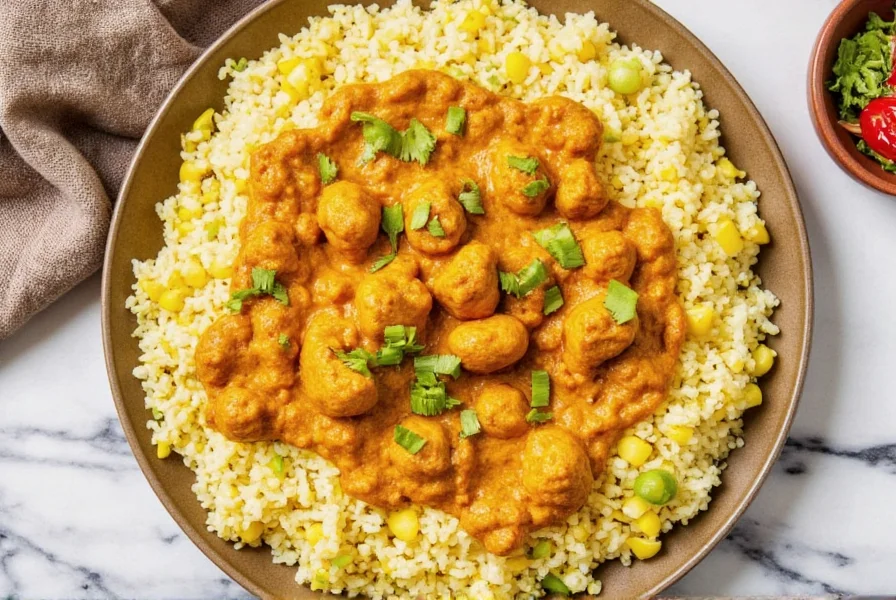
There are countless varieties:
| Type | Key Ingredients | Best For |
|---|---|---|
| Madras Curry | Spicy chili, turmeric | Hot curries, lentils |
| Jalfrezi Curry | Garam masala, dried red chilies | Stir-fries, paneer dishes |
| Korma Curry | Mild, yogurt-friendly | Creamy kormas, coconut-based dishes |
| Japanese Curry | Sweet, mild, with cinnamon notes | Rice bowls (like kare raisu) |
Storage Hacks for Maximum Freshness
Proper storage is crucial when it comes to preserving the rich aroma and vibrant color of your curry blends. Here are some top tips:
- Airtight Jars Only: Store curry in glass jars with tight lids. Oxygen and moisture are flavor killers.
- Keep It Cool & Dark: Heat and light break down essential oils in spices. A cool, dark pantry is ideal.
- No Fingers Inside: Always use a dry spoon to scoop out your curry to avoid introducing moisture.
- Label Your Blends: Homemade mixes should be labeled with dates so you know when they're starting to lose potency.
- Vacuum Seal for Bulk: If you buy in bulk, consider vacuum sealing smaller portions for long-term freshness.
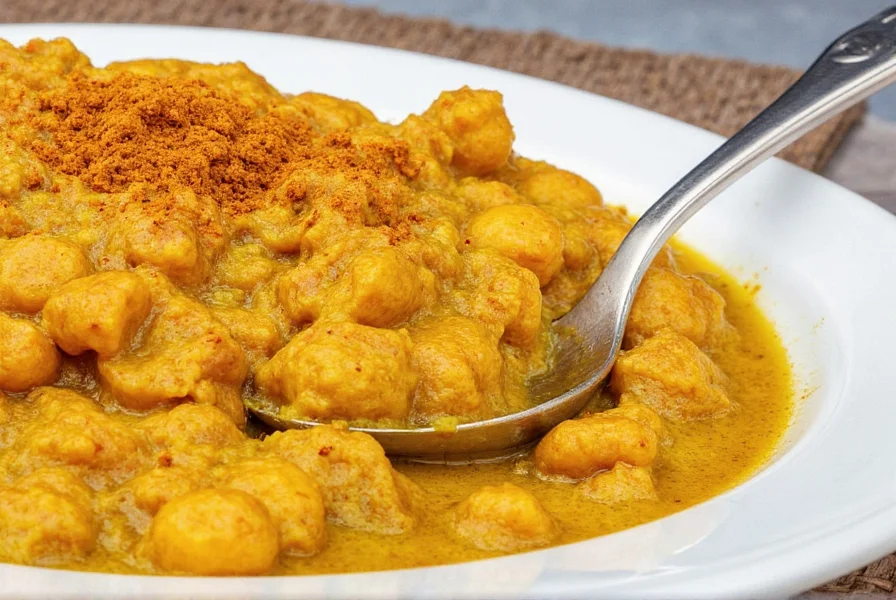
Flavor Boosting Tips
If you want to really elevate your curry game, here are a few smart techniques that will turn your everyday spice into something extraordinary:
- Toast Before Use: Gently toast curry powder in a dry pan before adding to dishes. This releases volatile oils and intensifies flavor.
- Bloom in Oil: Sauté curry in oil at the beginning of cooking to unlock its full aroma.
- Add Acid for Brightness: A splash of lemon juice or vinegar balances the earthiness of curry beautifully.
- Layer with Herbs: Fresh herbs like cilantro or mint complement curry's warmth and add freshness.
- Dilute When Needed: If your curry blend is too strong, balance it with coconut milk or cream to mellow it out.
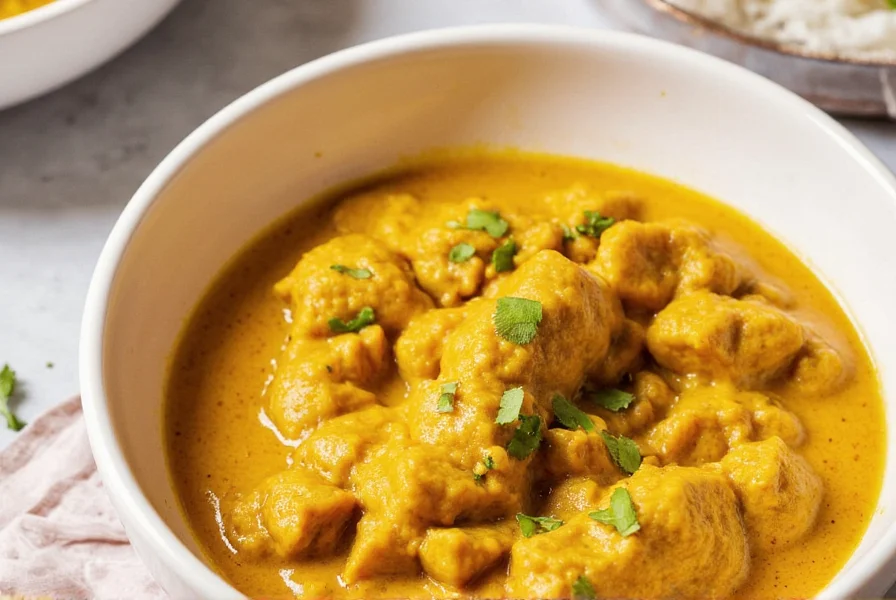
Creative Ways to Use Curry Beyond Curry Dishes
Curry doesn't have to be limited to traditional stews and sauces. Get creative and try it in unexpected places:
- Popcorn Seasoning: Mix with melted butter or olive oil and drizzle over popcorn for a spicy twist.
- Egg Scramble Booster: Sprinkle over scrambled eggs or tofu scrambles for a warm kick.
- Homemade Chips: Toss sweet potato or plantain slices with oil and curry before baking for extra flavor.
- Marinades: Blend with yogurt or oil to create marinades for chicken, tofu, or cauliflower steaks.
- Smoothie Surprise: Yes, really! Add a pinch to mango smoothies for an exotic depth.
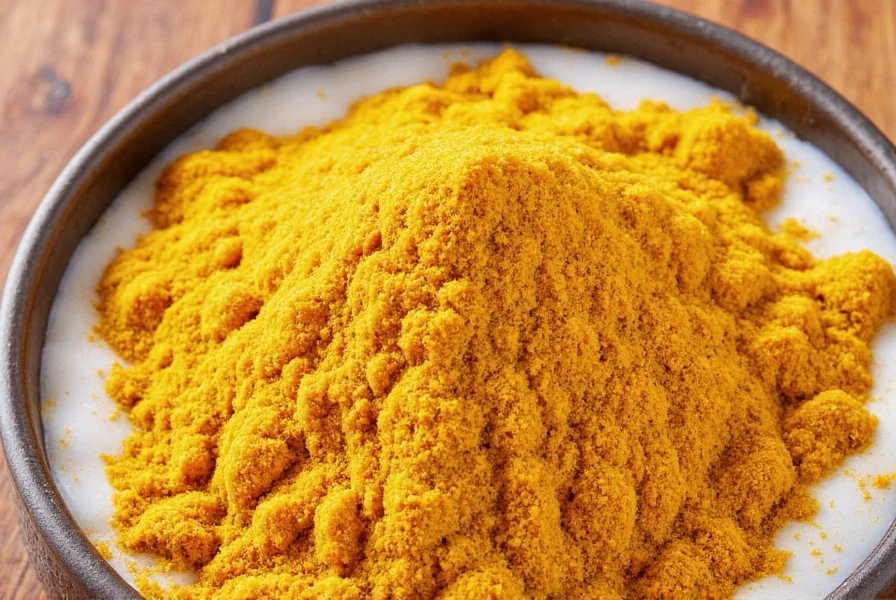
Buying Guide: Choosing the Best Curry Spices
With so many brands and blends out there, how do you choose? Here's a guide to help you pick the perfect curry for your kitchen:
| Product | Features | Advantages | Use Cases |
|---|---|---|---|
| McCormick Madras Curry Powder | Ready-to-use, medium heat level | Consistent flavor, great for beginners | Vegetable curries, rice dishes |
| Patak's Original Curry Paste | Highly concentrated paste format | Strong, restaurant-quality flavor | Curries, stir-fries, sauces |
| The Spice Garden Organic Curry Powder | USDA Organic certified, no additives | Natural, clean label option | Healthy meal prep, vegan recipes |
| Sharwood's Balti Curry Paste | Perfect for fast, high-heat cooking | Fast flavor boost without long simmering | Balti-style dishes, quick weeknight meals |
| Homemade Curry Mix | Customizable ingredients and ratios | Tailored to personal taste, fun to experiment | All types of dishes, gift giving |
For Enthusiasts: Look for small-batch, single-origin spice brands that offer traceability and quality control.
For Beginners: Stick with trusted supermarket brands until you develop your palate.
For Health-Conscious Cooks: Opt for organic, low-sodium versions without preservatives.
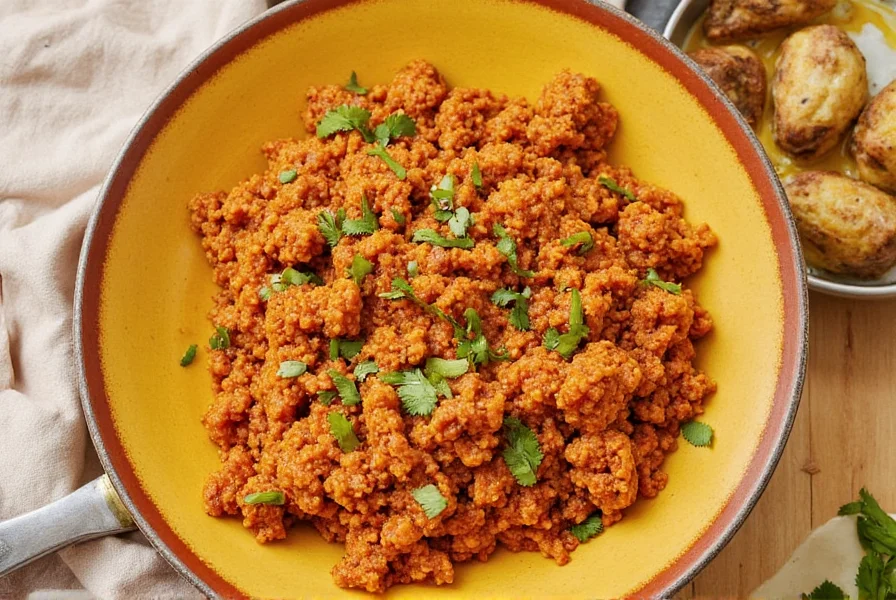
Frequently Asked Questions About Curry
Can I Freeze Curry Powder?
Yes! While freezing isn't necessary for most curry powders, it helps extend shelf life if stored in bulk. Keep in an airtight bag and freeze for up to 2 years.
Is Curry Good for You?
Absolutely! Many components like turmeric have anti-inflammatory properties, and spices like ginger aid digestion.
How Long Does Curry Last?
Ground curry lasts about 2–3 years, while homemade blends should be used within 6 months for optimal flavor.
Why Does My Curry Lose Flavor?
Exposure to air, light, and moisture degrades spices over time. Proper storage is key!
What's the Difference Between Curry Powder and Curry Paste?
Curry powder is a dry blend of ground spices, while curry paste contains fresh ingredients like garlic, ginger, chilies, and oil. Paste typically offers more intense, complex flavors but has a shorter shelf life.
How Can I Fix a Bitter Curry?
If your curry tastes bitter, try adding a small amount of sugar, honey, or cream to balance the flavors. You can also add acidity with lemon juice or tomatoes, which helps counteract bitterness.
Can I Substitute Curry Powder If I Don't Have It?
Yes! Create a simple substitute with equal parts turmeric, cumin, coriander, and a pinch of chili powder. For a more authentic blend, add ginger, garlic powder, and a touch of cinnamon.
What Are the Health Benefits of Curry Spices?
Curry spices offer numerous health benefits: turmeric contains curcumin (anti-inflammatory), cumin aids digestion, coriander has antioxidants, and ginger supports immune function. Regular consumption may improve heart health and reduce inflammation.
Final Thoughts
Curry is more than just a pantry staple — it's a passport to bold flavors and global cuisine. Whether you're making a creamy coconut curry or spicing up your morning eggs, mastering the art of storing and using curry opens up endless culinary possibilities.
Remember, a little goes a long way. Experiment with different blends, roast them for depth, and don't be afraid to use them creatively. Happy cooking, and may your kitchen always smell amazing!

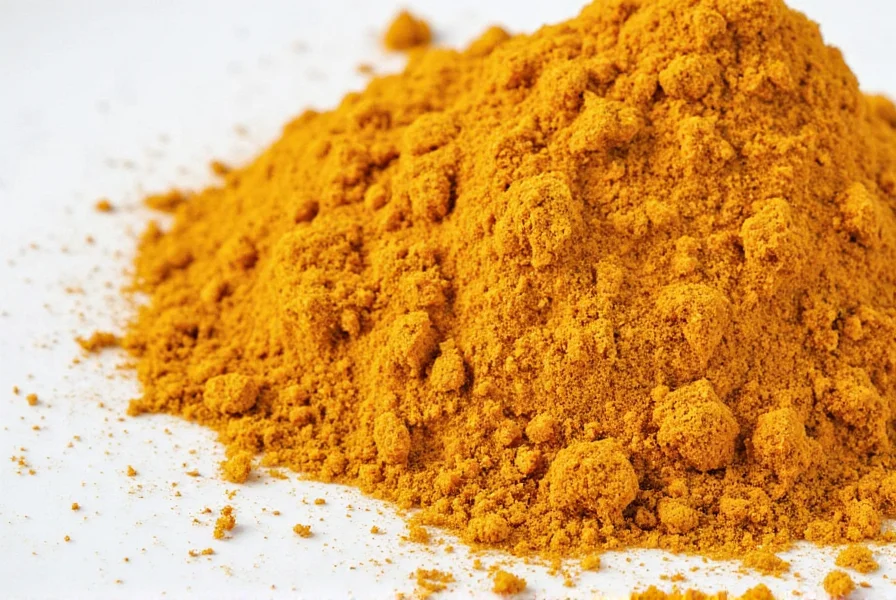









 浙公网安备
33010002000092号
浙公网安备
33010002000092号 浙B2-20120091-4
浙B2-20120091-4